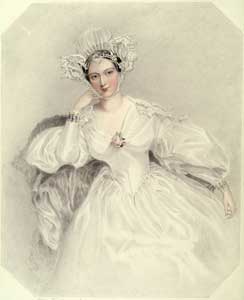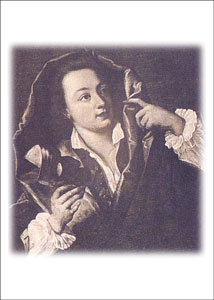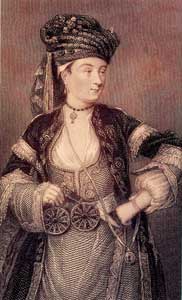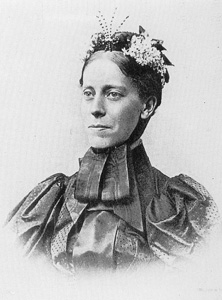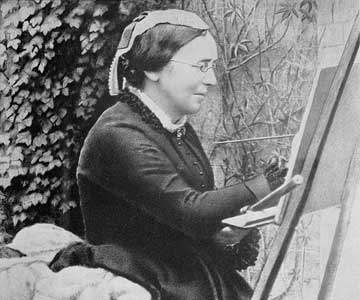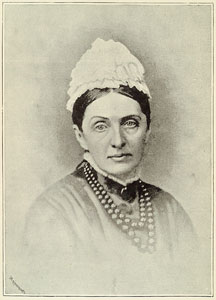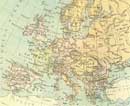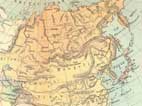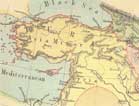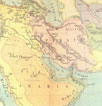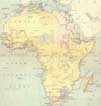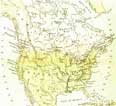| UCLA Library Special Collections |
|

| In the seventeenth and eighteenth
centuries, travel was difficult for women. It was physically
arduous, dangerous, and prohibitively expensive. Bad (or
non-existent) roads, uncomfortable modes of travel, vermin-infested
inns, and possible attacks by highwaymen were some of the
obstacles women faced. Social prejudices against domestic
obligations left behind were no less significant.
Forays into this masculine, public
sphere were seen as reckless, excessively bold and even
immodest. Travel was, essentially, “unsuitable for
ladies.”
In spite of this, women did travel
and managed to write accounts of their experiences. During
the eighteenth century, many of these were upper class women
of means – women such as Lady Mary Wortley Montagu,
the Countess Blessington and Lady Craven. |
|
|
|
Lady
Marguerite Blessington |
Lady
Elizabeth Craven |
Lady
Mary Wortley Montagu |
| In the nineteenth century, technological
improvements in transportation, such as steamships and railways,
and the general democratization of tourism (through Cook’s
Tours, for example) made travel more accessible to women.
By 1850, the number of women traveling had increased exponentially.
The later Victorian period, in particular
(from 1870 on), produced some of the most important names
in the history of women’s travel writing: Mary Kingsley,
Marianne North and Isabella Bird, to name a few. These women
– for the most part, spinsters who had spent years
caring for elderly parents or ailing siblings – decided,
late in life, to escape the gender-defined confines of nineteenth-century
womanhood by becoming professional travelers. Highly intelligent,
independent, motivated by a thirst for knowledge and the
Victorian drive for self-improvement, they traveled worldwide
as writers, artists, botanists, zoologists, archaeologists
and ethnographers. The books they wrote were tremendous
popular successes, and many continue to be reprinted to
this day. |
|
|
|
Mary
Kingsley |
Marianne
North |
Isabella
Bird |


wilder
shores exhibit home |
europe
| russia
| turkey
| the
middle east | india
and the far east | africa
| the
americas | credits
©
2007 by the Regents of the University of California. All rights
reserved. |
|
Wilder
Shores is organized geographically, loosely following the structure
of Barbara Hodgson’s book No Place for a Lady: Tales of Adventurous
Women Travelers. (Berkeley: Ten Speed Press, 2002). The exhibit features
books and manuscripts, both by and about, women who traveled to these
regions:
|







